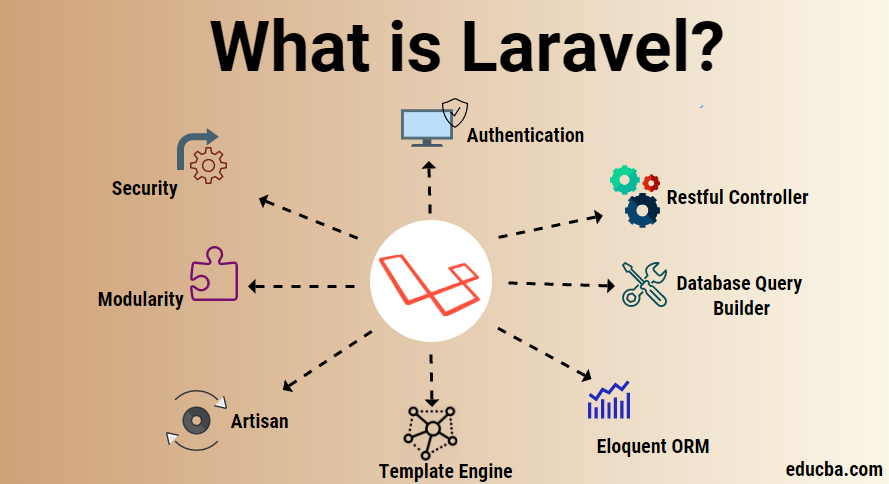If you’re a PHP developer looking to add API capabilities to your projects, this guide is for you. We’ll explore the basics of RESTful API with PHP, compare popular PHP frameworks, and provide best practices for designing and implementing RESTful APIs. By the end of this article, you’ll be equipped to build solid REST APIs and leverage tools like PipeOps for seamless deployment.
Basics of the RESTful API with PHP
Before diving into the implementation, it’s important to understand the core concepts of REST (Representational State Transfer). REST is an architectural style that uses standard HTTP methods to manage resources represented by URLs.
What You Should Know About RESTful API with PHP
- Resource-Based URLs: In REST, resources are identified by URLs. For instance, a URL like http://example.com/api/users represents a collection of user resources.
- HTTP Methods: RESTful APIs use HTTP methods to perform actions on resources:
- GET: Retrieve data from the server.
- POST: Create new resources.
- PUT: Update existing resources.
- DELETE: Remove resources.
- Statelessness: Each API request from a client contains all the information needed for the server to fulfill the request. This means no client context is stored on the server between requests.
Which PHP Framework Should You Use?
Therefore, selecting the right framework is important for seamless API development. Here, we compare three popular PHP frameworks: Laravel, Lumen, and Slim.
Laravel
Laravel is a powerful and feature-rich framework. It provides elegant syntax and tools to simplify common tasks like routing, authentication, and caching. Laravel is ideal for building full-fledged web applications with extensive API capabilities.

Lumen
Likewise, Lumen is a micro-framework. It was created by the creators of Laravel. It is designed to build lightning-fast microservices and APIs. Lumen retains the core features of Laravel but offers better performance due to its lighter footprint.
Slim
In contrast, Slim is a minimalistic framework. It focuses on simplicity and performance. It is perfect for developers who want to build small to medium-sized APIs without the overhead of a full-stack framework.
Best Practices for Designing a RESTful API with PHP
Besides, designing a well-structured API is key to ensuring maintainability and scalability. Follow these best practices to create logical endpoints and structured JSON responses.
Logical Endpoints
Organize your endpoints to reflect the resources they represent. For example, use /api/users for user resources and /api/posts for blog posts. Group related endpoints to make your API intuitive.
Consistent JSON Responses
Ensure your API returns consistent and informative JSON responses. Include standard fields like status, message, and data to provide clear context for clients.
{
"status": "success",
"message": "User retrieved successfully",
"data": {
"id": 1,
"name": "John Doe",
"email": "john@example.com"
}
}Proper HTTP Status Codes for RESTful API with PHP
Use appropriate HTTP status codes to indicate the outcome of an API request. For example:
200 OK for successful requests.201 Created for successful resource creation.400 Bad Request for validation errors.404 Not Found for missing resources.500 Internal Server Error for server issues.
Implementing CRUD Operations in PHP
Learn how to implement basic CRUD (Create, Read, Update, Delete) operations in a RESTful API using Laravel.
Creating a Resource (POST)
public function store(Request $request)
{
$validated = $request->validate([
'name' => 'required|max:255',
'email' => 'required|email|unique:users',
]);
$user = User::create($validated);
return response()->json([
'status' => 'success',
'message' => 'User created successfully',
'data' => $user,
], 201);
}Reading Resources (GET)
public function index()
{
$users = User::all();
return response()->json([
'status' => 'success',
'data' => $users,
], 200);
}Updating a Resource (PUT)
public function update(Request $request, $id)
{
$user = User::findOrFail($id);
$validated = $request->validate([
'name' => 'sometimes|required|max:255',
'email' => 'sometimes|required|email|unique:users,email,'.$user->id,
]);
$user->update($validated);
return response()->json([
'status' => 'success',
'message' => 'User updated successfully',
'data' => $user,
], 200);
}Deleting a Resource (DELETE)
public function destroy($id)
{
$user = User::findOrFail($id);
$user->delete();
return response()->json([
'status' => 'success',
'message' => 'User deleted successfully',
], 200);
}Advanced API usage in PHP
Futhermore, once you’ve mastered the basics, it’s time to explore advanced topics to enhance your API.
Complex Relationships in RESTful API with PHP
At the same time, APIs often need to handle complex relationships between resources. Use tools like Eloquent ORM in Laravel to manage these relationships efficiently.
Performance Optimization in RESTful API with PHP
Optimize your API’s performance by:
- Implementing caching strategies.
- Minimizing database queries.
- Using pagination for large datasets.
API Versioning
Additionally, versioning your API ensures backward compatibility. Include the version number in your URL, like /api/v1/users, to manage changes without disrupting existing clients.
Simplifying Deployment of RESTful API with PHP with PipeOps
Deploying and monitoring APIs can be challenging. PipeOps simplifies this process by providing an easy-to-use platform for deployment, scaling, and monitoring. With PipeOps, you can focus on building your API while leaving the operational complexities to the platform.
Why PipeOps?
Futhermore, PipeOps offers a streamlined solution for deploying, scaling, and monitoring your APIs. It also simplifies the deployment process with automated workflows, making it easy to launch your APIs effortlessly. Scalability is another major advantage. With PipeOps, you can seamlessly scale your applications to handle increased traffic without a hitch. Additionally, comprehensive monitoring tools allow you to keep track of your API’s performance and health in real-time, ensuring that you can quickly identify and resolve any issues. Additionally, PipeOps includes built-in security features to ensure your APIs remain secure.
In conclusion, building RESTful APIs with PHP is both an essential and achievable task for modern web development. By understanding the core concepts of REST, such as resource-based URLs and HTTP methods, you can start on the right foot. Additionally, choosing the appropriate PHP framework—whether it’s Laravel for its extensive features, Lumen for its speed, or Slim for its simplicity—can significantly streamline your development process. Furthermore, adhering to best practices in API design ensures that your endpoints are logical and your JSON responses are well-structured.
Moreover, implementing CRUD operations correctly is fundamental to the functionality of your API. As you progress, delving into advanced topics like managing complex relationships, optimizing performance, and versioning your API can greatly enhance its robustness and scalability.



